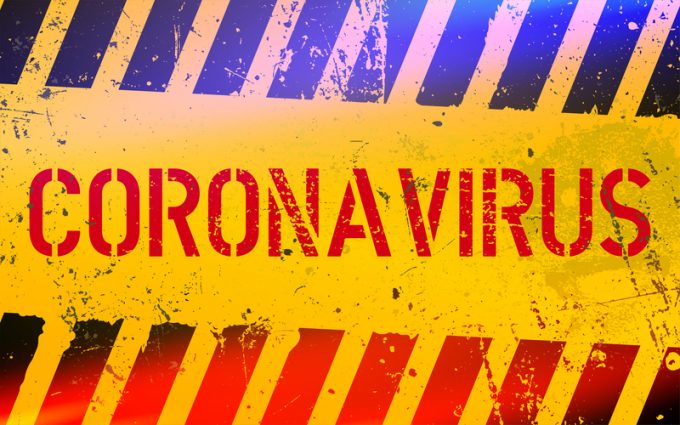Ti: Global freight forwarding 2023-2028 – market sizing & forecasts
Transport Intelligence writes: “Economic downturn, consumer behaviour shifts, and an oversupply surpassing demand have caused the ...
TFII: SOLID AS USUALMAERSK: WEAKENINGF: FALLING OFF A CLIFFAAPL: 'BOTTLENECK IN MAINLAND CHINA'AAPL: CHINA TRENDSDHL: GROWTH CAPEXR: ANOTHER SOLID DELIVERYMFT: HERE COMES THE FALLDSV: LOOK AT SCHENKER PERFORMANCEUPS: A WAVE OF DOWNGRADES DSV: BARGAIN BINKNX: EARNINGS OUTODFL: RISING AND FALLING AND THEN RISING
TFII: SOLID AS USUALMAERSK: WEAKENINGF: FALLING OFF A CLIFFAAPL: 'BOTTLENECK IN MAINLAND CHINA'AAPL: CHINA TRENDSDHL: GROWTH CAPEXR: ANOTHER SOLID DELIVERYMFT: HERE COMES THE FALLDSV: LOOK AT SCHENKER PERFORMANCEUPS: A WAVE OF DOWNGRADES DSV: BARGAIN BINKNX: EARNINGS OUTODFL: RISING AND FALLING AND THEN RISING

Transport Intelligence‘s Thomas Cullen writes:
The distribution of vaccines for Covid-19 will be a task of some, but not overwhelming, size and complexity. It treads a familiar path for inoculation programmes in both the developed and the developing world. The logistics solutions are familiar and will use resources that are widely available in almost all major economies. The demand for specialist resources is limited to areas such as packaging. Indeed, packaging emerges as one of the pivotal issues within the supply chain.
A further issue is that the supply chain and thus the logistics resources required, will evolve over a short period of time. The ‘time criticality’ of the deployment of the vaccine is significant and therefore large volumes of vaccine will be exported from production centres in the UK, Belgium and the US. However, after a fairly short period of time, new production centres will open across the world resulting in different logistics solutions being adopted.
The longer-term prospect is that demand for Covid-19 vaccines will moderate and the sources will broaden, suggesting a merging of Covid-19 vaccines into the existing vaccine logistics channels.
Vaccine characteristics and logistics
The logistics of production of mRNA and attenuated virus-vector vaccines is probably less complex than that of traditional attenuated ‘live’ virus and inactivated ‘dead’ virus vaccines.
• Production lead-times are shorter
• Increasing production capacity is easier
Although it should be remembered that traditional attenuated ‘live’ virus and inactivated ‘dead’ virus vaccines are under development for COVID-19, notably in China, at present the most advanced vaccines likely to be deployed are mRNA and attenuated virus-vector vaccines. In the case of mRNA vaccines, the ability of the RNA to replicate comparatively quickly and simply through normal genetic processes enables rapid production with less demanding production infrastructure. The design of vaccine is also more rapid, with the manipulation of RNA quick and precise. With the absence of say, a viral vector, the focus is just on the adaption of the RNA to deal with the effects of the virus concerned. Thus, in the case of mRNA vaccines, the time between the commencement of design and production is very compressed; with the major proviso that the efficacy and safety trials remain and are a substantial lag on the introduction of the vaccine.
Virus-vector vaccines are slightly more complex. As their name implies, they need a (attenuated) virus to deliver the RNA to the cell-wall proteins, making the vaccine more complex. However, this virus-vector is essentially a ‘platform’ that delivers and actuates the cell in order to deliver the piece of RNA. The virus-vector can be used to deliver different pieces of RNA, and thus once the platform is created it can be adapted to a number of vaccine applications. This means that the design of a vaccine is also very rapid. However, the production of the vaccine may require greater resources and be slower than that of a mRNA vaccine due to virus being more complex. Thus production ‘ramp-up’ may be longer, although the fundamental mathematics of virus replication is the same as that of the mRNA vaccines.
Also explored: a) Production engineering and inbound supply chain; b) vaccine production geography; c) product profile & constraints; demand profile; d) last mile; e) packaging strategy & constraints; f) information supply chain; g) transport strategy; h) and LSPs in this sector.
To download the white paper, please click here.
Comment on this article